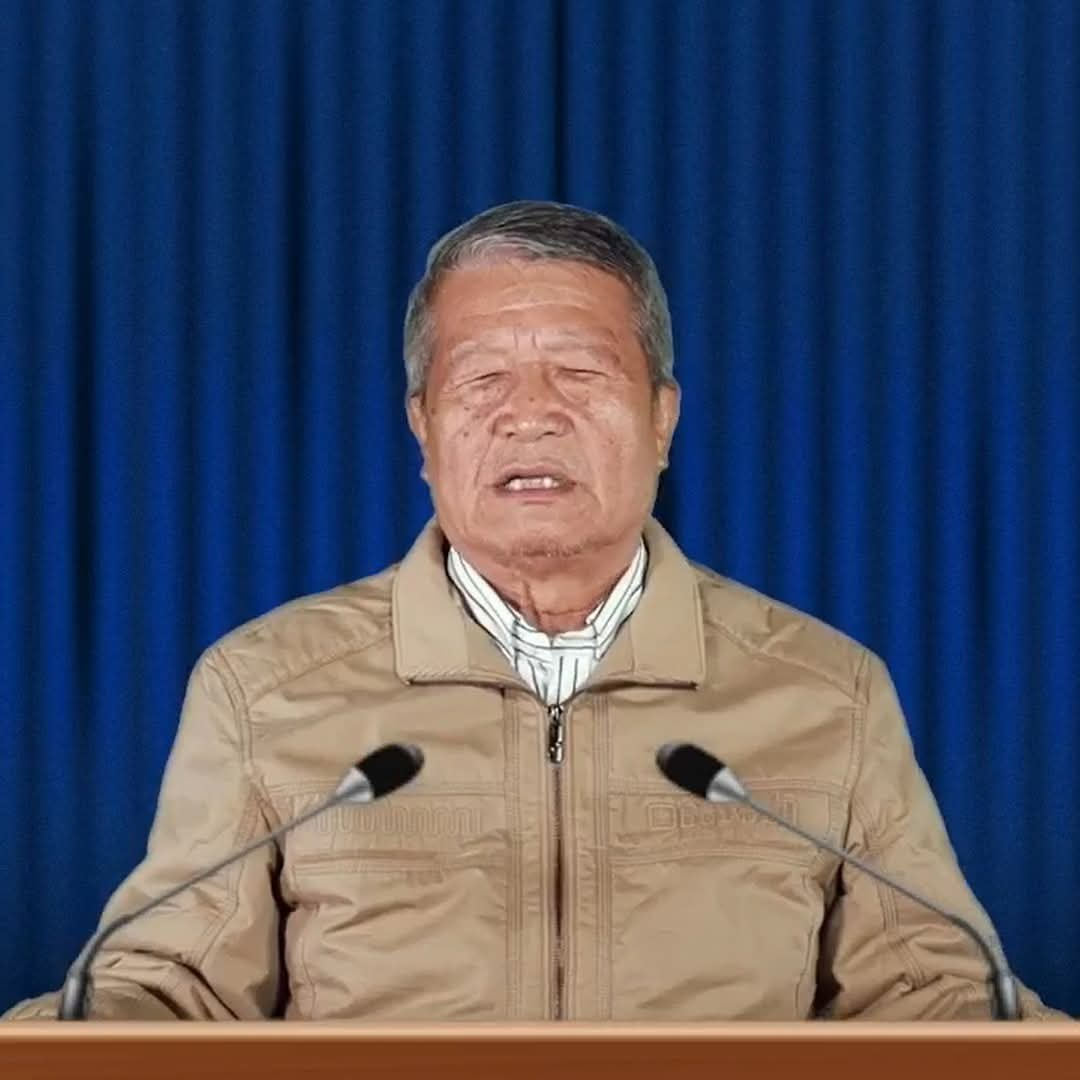
Co-channel interference (CCI) is a significant challenge in 5G networks, which can severely impact the overall performance and quality of service (QoS). Here’s an overview of CCI in 5G networks:
What is Co-Channel Interference (CCI)? Co-channel interference occurs when two or more wireless systems operate on the same frequency channel, causing interference to each other. In 5G networks, CCI can arise from various sources, including:







Intra-cell interference: Interference between users within the same cell, particularly in dense urban environments.
Inter-cell interference: Interference between adjacent cells, which can be significant in heterogeneous networks (HetNets) with multiple cell types (macro, micro, pico, and femto cells).
Inter-RAT (Radio Access Technology) interference: Interference between different radio access technologies, such as LTE and 5G New Radio (5G NR).
Effects of CCI in 5G Networks
CCI can have significant effects on 5G network performance, including:
Reduced signal-to-interference-plus-noise ratio (SINR): CCI can decrease the SINR, leading to reduced data rates, increased errors, and decreased overall network capacity.
Increased packet loss and latency: CCI can cause packet loss and increased latency, which can impact real-time applications such as online gaming, video streaming, and virtual reality.
Decreased network throughput: CCI can reduce the overall network throughput, leading to decreased user experience and reduced network efficiency.
Mitigation Techniques for CCI in 5G Networks
To mitigate CCI in 5G networks, several techniques can be employed, including:
Frequency planning: Careful planning of frequency allocation to minimize interference between cells and users.
Power control: Adjusting transmission power levels to minimize interference and optimize coverage.
Beamforming and massive MIMO: Using advanced antenna technologies to spatially separate users and reduce interference.
Interference coordination and management: Implementing techniques such as coordinated multipoint (CoMP) and enhanced inter-cell interference coordination (eICIC) to manage interference between cells.
Advanced receiver techniques: Using techniques such as interference cancellation and suppression to improve receiver performance in the presence of CCI.
5G NR Features to Mitigate CCI
5G NR introduces several features to mitigate CCI, including:
Dynamic spectrum sharing (DSS): Allows for the dynamic sharing of spectrum between different radio access technologies.
Beamforming and massive MIMO: Supports the use of advanced antenna technologies to spatially separate users and reduce interference.
Interference management: Includes features such as CoMP and eICIC to manage interference between cells.
Advanced receiver techniques: Supports the use of advanced receiver techniques such as interference cancellation and suppression.
In conclusion, co-channel interference is a significant challenge in 5G networks, but various mitigation techniques and 5G NR features can be employed to minimize its impact and ensure optimal network performance.


Leave a Reply